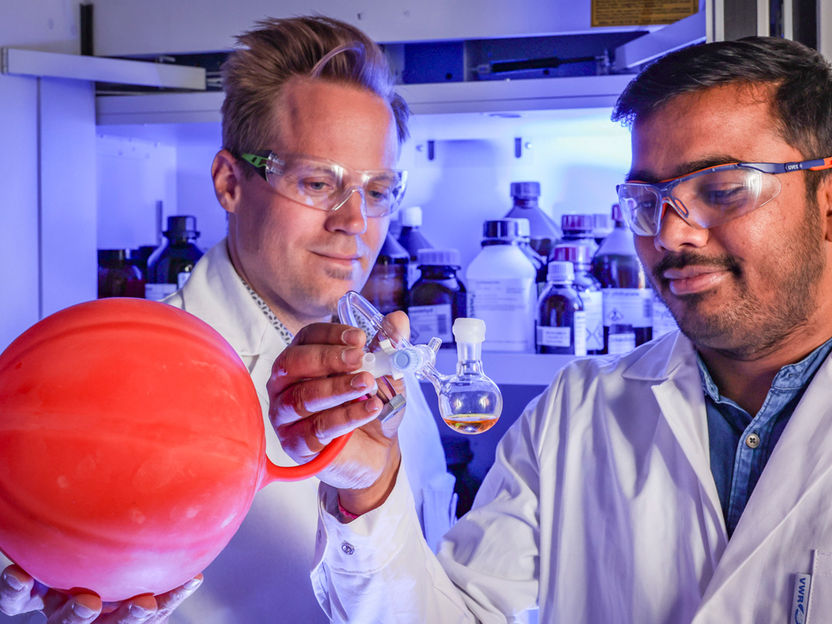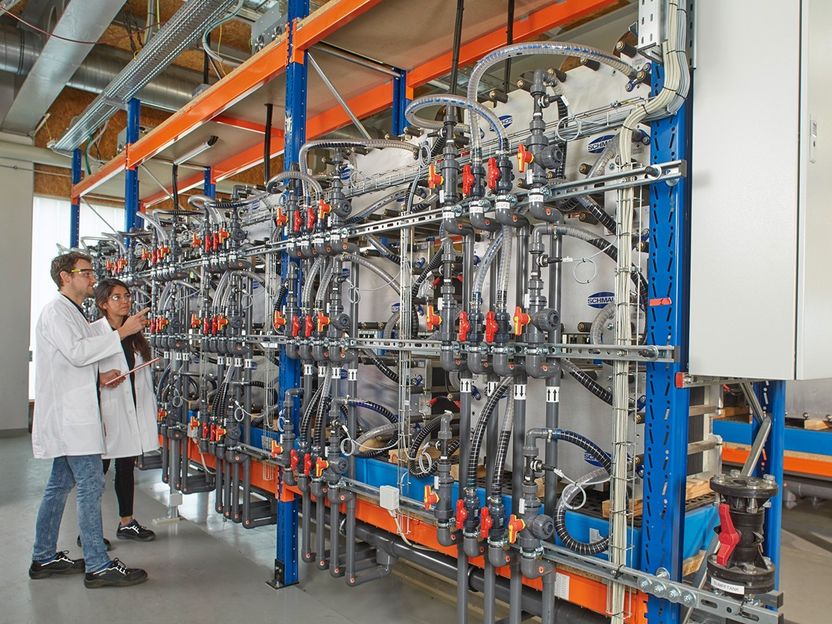Bayer focuses resources on growth and innovation
Planned net reduction of about 2,000 jobs worldwide by the end of 2012
Bayer plans to invest its resources even more systematically in growing the company and enhancing its innovative capability. The focus will be on researching, developing and marketing new products, particularly in HealthCare and CropScience, and on expanding activities in the emerging markets. This will require a high level of investment in the coming years. However, sales and earnings are under pressure from generic products, rising development costs and the effects of health care reforms. “To finance the expansion of our growth activities, we therefore need to redirect resources, improve efficiencies and cut costs,” explained Bayer AG Management Board Chairman Dr. Marijn Dekkers.
To raise investment in further growth, annual cost savings of EUR 800 million are planned starting in 2013. About half of this amount is to be reinvested. By the end of 2012 the company is likely to take one-time charges in the region of EUR 1 billion, with part of this amount already being incurred in the fourth quarter of 2010.
In connection with this program, it is planned to reduce the global headcount of 108,700 by an aggregate of about 2,000 by 2012. Approximately 4,500 positions – including roughly 1,700 in Germany – are to be cut, while some 2,500 new jobs will be created over the same period, particularly in the emerging markets.
“Bayer has great business potential in all three subgroups. To better exploit this potential, we must continue to bundle existing resources and streamline our structures. That is the only way we can sustainably finance our investment in growth and innovation – for example in new pharmaceutical products, in our BioScience business and in the expansion of our capacities in Asia,” said Dekkers. “The cutbacks involved will not be easy, but they are necessary. I am convinced that with more innovation and less administration, Bayer can become a better and faster company.”
Most read news
Other news from the department business & finance

Get the chemical industry in your inbox
By submitting this form you agree that LUMITOS AG will send you the newsletter(s) selected above by email. Your data will not be passed on to third parties. Your data will be stored and processed in accordance with our data protection regulations. LUMITOS may contact you by email for the purpose of advertising or market and opinion surveys. You can revoke your consent at any time without giving reasons to LUMITOS AG, Ernst-Augustin-Str. 2, 12489 Berlin, Germany or by e-mail at revoke@lumitos.com with effect for the future. In addition, each email contains a link to unsubscribe from the corresponding newsletter.
Most read news
More news from our other portals
Last viewed contents
BASF and Gazprom celebrate 20-year partnership
Opening of the International Year of Chemistry in Germany - Chemistry enables a sustainable future and a “green lifestyle”
Polyplastics Establishes Sales Subsidiary in Europe
Initial energy efficiency index for the German Industry published - High sensitivity – little action

Highly Reactive Catalyst Enables Labeling of Biologically Active Compounds - New reactivity enables conversion of seemingly “unreactive” molecule parts
![Heat- and Oxygen-Stable Biocatalyst for Hydrogen Production - Newly detected [FeFe]-hydrogenase from a thermophilic bacterium is not degraded by oxygen](jpg/682304f213de2_70u23bw6z795b.jpg?tr=w-6623,h-4967,cm-extract,x-495,y-536:n-xzoom)
Heat- and Oxygen-Stable Biocatalyst for Hydrogen Production - Newly detected [FeFe]-hydrogenase from a thermophilic bacterium is not degraded by oxygen

Green hydrogen: MXene boosts the effectiveness of catalysts - Promising path to a new class of catalysts

Solving two battery challenges with one atom-scale catalyst - “This work is significant because it solves two long-standing problems in lithium–oxygen batteries using a single material”

Nanoburgers with promising flaws - DESY team finds surprising defects in tiny metal particles, which could stimulate the development of more efficient catalysts

Zinc–iodine battery with outstanding stability now a reality

Sevenfold boost in lifespan of anode-free all-solid-state batteries using MoS₂ thin films - Employing cost-effective MoS₂ thin films in place of expensive noble metals resolves issues of non-uniform lithium plating and interfacial instability in anode-free all-solid-state batteries


























































